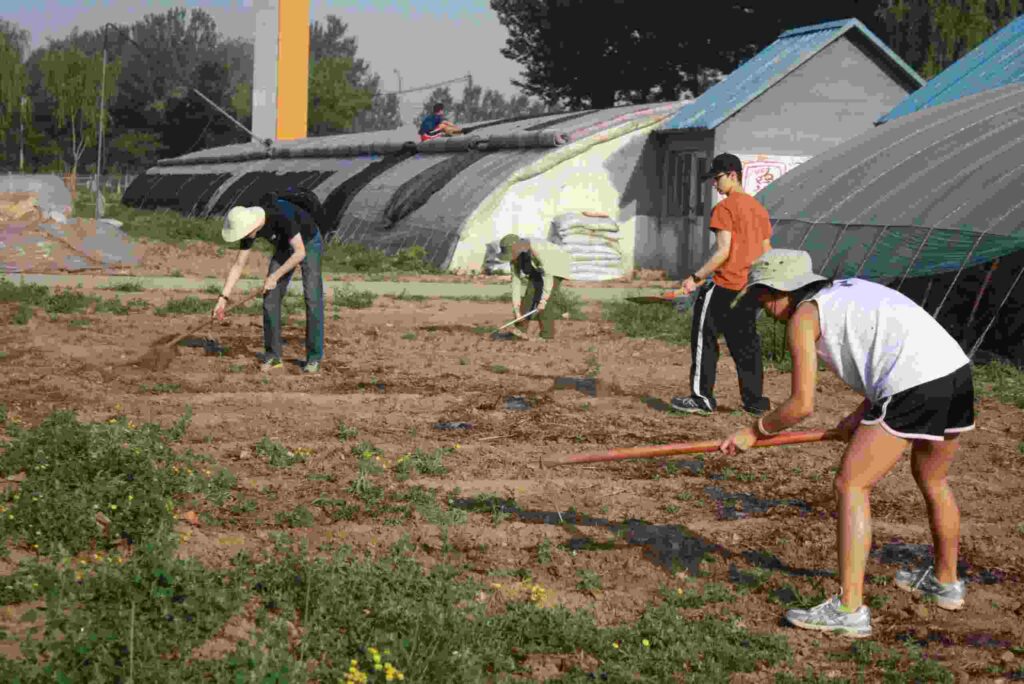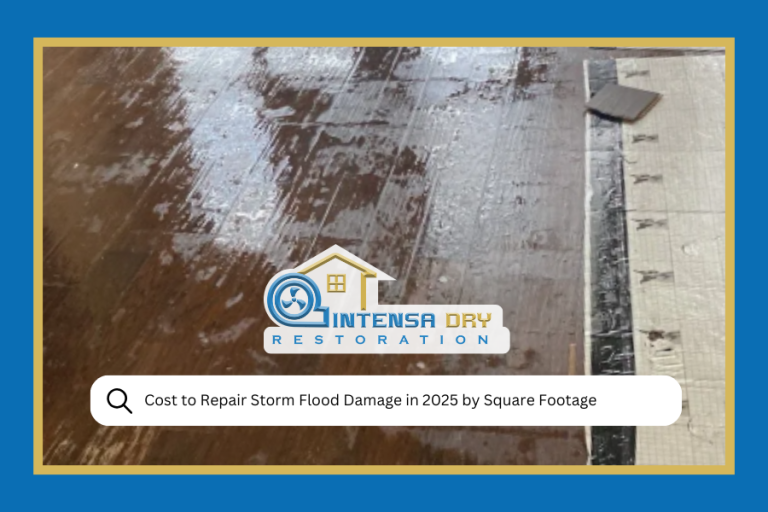Welcome to the transformative journey of “Reducing Environmental Impact Through Sustainable Reconstruction in Plano.” In the face of urban expansion, Plano emerges as a beacon of change, dedicated to fostering a sustainable and eco-friendly future. This exploration delves into innovative strategies, community engagement, and cutting-edge technologies that define Plano’s commitment to minimizing its environmental footprint. From green building practices to smart urban planning, this initiative reflects a city’s concerted effort to strike a balance between growth and ecological preservation. Join us as we unravel the layers of sustainable reconstruction, showcasing Plano’s inspiring path towards a greener and more resilient tomorrow. Amidst the challenges of rapid urbanization, Plano stands as a model for cities globally, demonstrating how sustainable reconstruction can be a driving force for positive change. The narrative unfolds against the backdrop of eco-conscious initiatives, emphasizing the role of Intensa Dry as a key service provider leading the charge. Through this exploration, we delve into the city’s proactive measures, innovative technologies, and collaborative community engagement that collectively define Plano’s commitment to environmental sustainability. As we navigate the realms of green architecture, energy efficiency, and biodiversity preservation, the unfolding story encapsulates the essence of Plano’s transformation into a resilient, eco-centric community.
Green Horizon: Transforming Plano through Sustainable Reconstruction
Embark on a visionary journey with Intensa Dry as we pioneer ‘Reducing Environmental Impact Through Sustainable Reconstruction in Plano,’ reshaping the cityscape for a greener, more sustainable future.

Introduction to Sustainable Reconstruction in Plano:
The introduction sets the stage by addressing the imperative for sustainable reconstruction services in Plano. It outlines the growing need to shift towards environmentally conscious development practices to mitigate the impact of urban expansion. Plano, like many other cities, faces the challenges of rapid growth and the associated strain on natural resources. This section highlights the importance of adopting sustainable reconstruction methods and introduces key concepts that will be explored in subsequent sections. It also serves as a call to action, emphasizing the collective responsibility of the community and stakeholders in promoting a greener and more sustainable future for Plano.
Green Building Practices in Plano: A Framework for Sustainable Construction:
This section delves into the core principles and guidelines governing green building practices in Plano. It elucidates the various aspects of sustainable construction, such as energy efficiency, use of eco-friendly materials, and design considerations that minimize environmental impact. Readers gain insights into how adopting a framework for sustainable construction can lead to long-term benefits for both the environment and the community. The discussion may touch upon certification programs like LEED (Leadership in Energy and Environmental Design) and how they can serve as benchmarks for sustainable construction. The goal is to provide a comprehensive understanding of the foundational elements that contribute to eco-friendly building practices, setting the stage for the subsequent exploration of specific strategies and technologies.
Innovative Materials and Technologies for Sustainable Reconstruction:
This section explores the frontier of sustainable construction by investigating innovative materials and technologies that can significantly reduce the environmental impact of reconstruction projects in Plano. It delves into the application of cutting-edge solutions, such as recycled and low-impact materials, energy-efficient systems, and smart technologies. By detailing these advancements, the article aims to inspire architects, builders, and policymakers to embrace state-of-the-art approaches that not only enhance the sustainability of structures but also contribute to the overall resilience of the community.
Community Engagement: Fostering Sustainability Awareness in Plano:
Recognizing that the success of sustainable reconstruction relies on community involvement, this section discusses strategies for engaging residents in Plano. It emphasizes the importance of raising awareness about sustainable practices, garnering public support, and involving local communities in decision-making processes. By fostering a sense of shared responsibility, the article explores initiatives that empower individuals to contribute to sustainability goals, fostering a collective commitment to environmentally friendly reconstruction efforts in Plano.
Preserving Biodiversity in Urban Spaces: A Focus on Plano’s Ecosystem:
As Plano undergoes reconstruction, it becomes crucial to address the impact on local ecosystems. This section explores how sustainable reconstruction can be harmonized with nature, preserving and even enhancing biodiversity in urban spaces. It may discuss the incorporation of green spaces, wildlife corridors, and eco-friendly landscaping techniques to create an urban environment that coexists harmoniously with the natural world. By recognizing and safeguarding the local ecosystem, Plano can ensure that its reconstruction efforts contribute positively to the overall health of the environment.
Energy-Efficient Infrastructure: Powering Plano’s Sustainable Future:
Focusing on the energy aspect of sustainability, this section delves into the implementation of renewable energy solutions in Plano’s reconstruction projects. It explores how incorporating solar, wind, or other renewable sources can reduce dependence on non-renewable energy and decrease the city’s carbon footprint. By showcasing successful examples and strategies, this part of the article aims to inspire the integration of energy-efficient infrastructure as a cornerstone of Plano’s sustainable future.
Waste Management and Recycling in Plano’s Reconstruction Projects:
A significant challenge in construction is the generation of waste. This section discusses the importance of responsible waste management and recycling practices in Plano’s reconstruction projects. It explores ways to minimize construction waste, increase recycling rates, and repurpose materials. By adopting circular economy principles, the article emphasizes how Plano can reduce its environmental impact and contribute to a more sustainable and resource-efficient construction industry.
Smart Urban Planning: Creating Walkable and Green Spaces in Plano:
Smart urban planning is crucial for sustainable reconstruction. This section explores the design principles that make urban spaces in Plano more walkable, green, and sustainable. It may discuss concepts like mixed-use developments, pedestrian-friendly infrastructure, and the integration of green spaces to enhance the overall livability of the city. By prioritizing smart urban planning, Plano can create a more sustainable and resilient urban environment for its residents.
Collaborative Partnerships: Public and Private Sector Cooperation for Sustainability:
Recognizing the need for a collaborative approach, this section explores successful models of cooperation between the public and private sectors in Plano’s sustainable reconstruction initiatives. It discusses how partnerships can leverage the strengths of both sectors, combining resources, expertise, and innovation to achieve common sustainability goals. By fostering collaboration, Plano can create a more holistic and effective approach to sustainable reconstruction, ensuring that diverse perspectives and resources contribute to a greener and more resilient city. As we delve into the exploration of various reconstruction materials and techniques in Plano, the focus extends beyond mere restoration to highlight the pivotal role of sustainable practices, emphasizing how conscientious choices in reconstruction can significantly contribute to reducing environmental impact and fostering a resilient, eco-friendly community.

Measuring Success: Metrics and Indicators for Assessing Environmental Impact:
To ensure the effectiveness of sustainable reconstruction efforts in Plano, it is essential to establish clear metrics and indicators for assessing environmental impact. This section explores the key criteria and measurement tools that can be employed to evaluate the success of sustainability initiatives. By defining and tracking specific metrics, Plano can gauge its progress, identify areas for improvement, and demonstrate the tangible benefits of sustainable reconstruction to the community and stakeholders.
FAQ’S
Why is sustainable reconstruction essential for Plano?
Answer: Sustainable reconstruction in Plano is crucial to curb environmental degradation, manage urban growth responsibly, and ensure the city’s long-term resilience. It minimizes the ecological footprint, contributing to a healthier and more sustainable community.
What role do innovative technologies play in sustainable reconstruction?
Answer: Innovative technologies, such as energy-efficient systems and eco-friendly materials, are pivotal in reducing environmental impact during reconstruction. They enhance efficiency, minimize resource consumption, and contribute to a more sustainable urban landscape.
How can the community actively participate in sustainable reconstruction?
Answer: Community participation involves raising awareness, engaging in eco-friendly practices, and supporting sustainable initiatives. Residents can participate in decision-making processes, adopt green habits, and contribute to a collective effort for a more sustainable Plano.
How does sustainable reconstruction contribute to biodiversity preservation?
Answer: Sustainable reconstruction integrates green spaces, wildlife corridors, and eco-friendly landscaping, fostering an environment that supports biodiversity. By preserving and enhancing natural habitats, Plano ensures the coexistence of urban development and local ecosystems.
What measurable outcomes indicate the success of sustainable reconstruction?
Answer: Success is measured through key indicators like reduced carbon footprint, increased use of renewable energy, efficient waste management, and improved air and water quality. These metrics demonstrate tangible progress towards a more sustainable and environmentally conscious Plano.
Conclusion
In conclusion, the journey towards reducing environmental impact through sustainable reconstruction in Plano reflects a commitment to forging a harmonious coexistence between urban development and ecological preservation. By embracing innovative technologies, green building practices, and community engagement, Plano sets the stage for a more resilient and environmentally conscious future. The integration of renewable energy, smart urban planning, and waste management further solidifies the city’s dedication to sustainable progress. Through collaborative efforts and a focus on measurable outcomes, Plano not only mitigates its ecological footprint but also becomes a model for sustainable urban development, inspiring communities to prioritize environmental stewardship in the pursuit of a greener and healthier tomorrow. The holistic approach encompasses biodiversity preservation, fostering green spaces, and engaging residents in sustainable practices. Plano’s success lies in its ability to balance economic growth with environmental responsibility, creating a blueprint for cities facing similar challenges globally. As the metrics of success continue to show tangible improvements in reduced carbon emissions, increased energy efficiency, and a more sustainable urban landscape, Plano emerges as a shining example of a community that not only acknowledges the urgency of environmental stewardship but actively pioneers transformative changes, setting the stage for a resilient and ecologically vibrant cityscape for generations to come.





